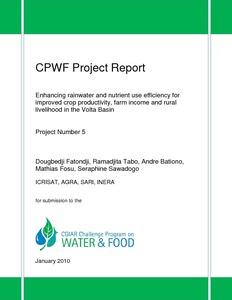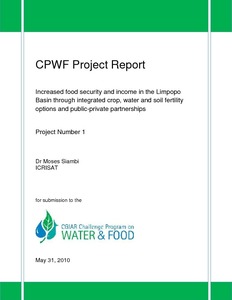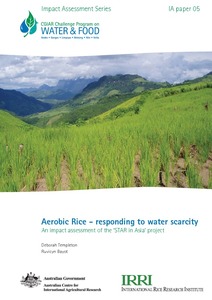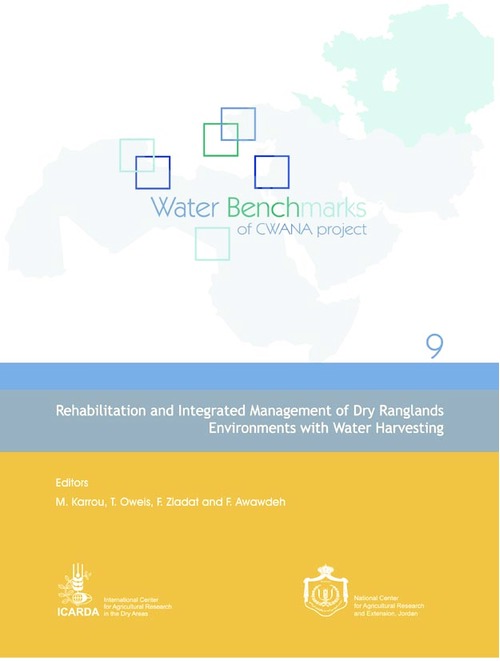Trouver un juste équilibre entre la satisfaction des besoins de subsistance et la protection de l’environnement
Les populations vivant aux alentours d’aires protégées doivent développer de nouveaux moyens de subsistance pour assurer leur survie. Les populations riveraines des forêts dépendent souvent de l’utilisation des produits et services que leur offrent les ressources naturelles. L’exploitation de ces produits jadis «gratuits» est aujourd’hui réglementée et limitée, notamment pour des raisons environnementales.









